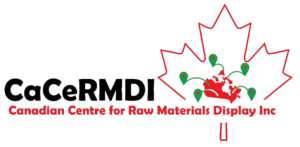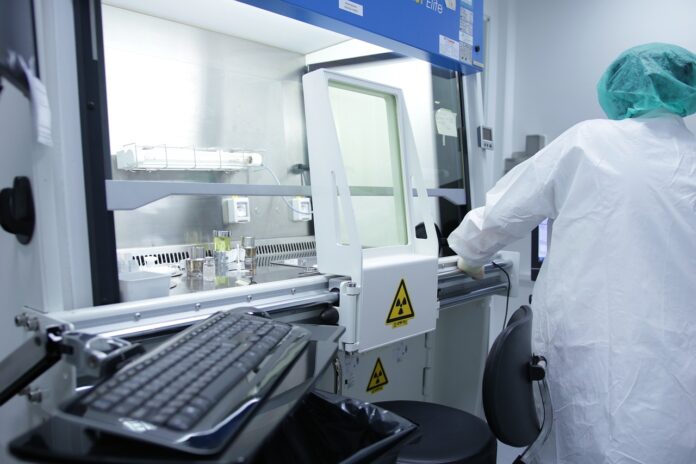GENERAL AWARENESS AND BACKGROUND
Pharmaceutical industries are public and private organizations that seek to discover, develop, manufacture and market drugs or medicines that are used by human and animals alike. They are paramount partners with healthcare systems (Gennaro, 1990).
ECONOMIC, SOCIAL AND INDUSTRIAL RELEVANCE
The sector is considered complex due to the interplay in the roles of manufacturers, national regulators, wholesalers, retailers, ministries, and other stakeholders. Each group has a role to play in creating an enabling environment to fully exploit the sector for the development of the economy (Obukohwo, Olele & Buzugbe, 2018).
Pharmaapproach (2020) notes the need for national or local production of drugs that are quality assured and low-cost pharmaceuticals. Factors that justified this need include lack of ready accessibility to available pharmaceuticals, price fluctuation, among others. Having domestic pharmaceutical production would engender sufficiency, stable prices, local capacity, create jobs opportunities and foreign exchange earnings.
RAW MATERIALS, PRODUCTS AND BY-PRODUCTS
Ointments, suppositories, globules, powders, solutions, emulsions, suspensions and liquid powders are examples of pharmaceutical products. While some raw materials such as Plastic, polymers, glass, paper, aluminium foil and paper boards are used for packaging pharmaceutical products (Sonus International, 2016). All raw materials used in production must be in accordance with the requirements of the International Organization for Standardization (ISO).
Some machineries used in production in pharmaceuticals include; agitators, blowers, boilers, capsule equipment, capsule and tablet pronters, centrifuges, chillers, coaters, colling towers, dryers and granulators, heat exchangers, high-pressure homogenizers, inspection machines, metal detectors, mixers, ovens, pulverizers/cone mills, tablet dedusters, stifters, spray coating machines, tanks (Shechter, 2016). While packaging equipment includes; blister packers, bottling and filling lines, capers, cartoners, counters induction sealers, labelling equipment and tube fillers.
REFERENCES
Gennaro, A. (1990). Remington’s Pharmaceutical Sciences, 18th edition. Easton, PA: Mack Publishing Company.
Obukohwo E. O, Olele H.E, Buzugbe P.N (2018). Assessing Efficiency in the Pharmaceutical Sector of Nigeria. CBN Journal of Applied Statistics. Vol. 9 No. 2. DOI: 10.33429/Cjas.09218.6/6
Pharmaapproach (2020). Pharmaceutical Industries in Nigeria: Challenges and Prospects. Retrieved from https://www.pharmapproach.com/pharmaceutical-industries-in-nigeria-challenges-and-prospects/
Shechter Tai (2016). Types of Pharmaceutical Manufacturing Equipment. BEE International Blog. Retrieved from https://www.beei.com/blog/pharmaceutical-manufacturing-equipment
Sonus International (2016). What are the types of pharmaceutical raw materials? Slideshare. Retrieved from https://www.slideshare.net/sonusinternationa/what-are-the-types-of-pharmaceutical-raw-materials
The article was written by Ama Goodness and edited by Evans Osabuohien & Osagie Ekhaguere









